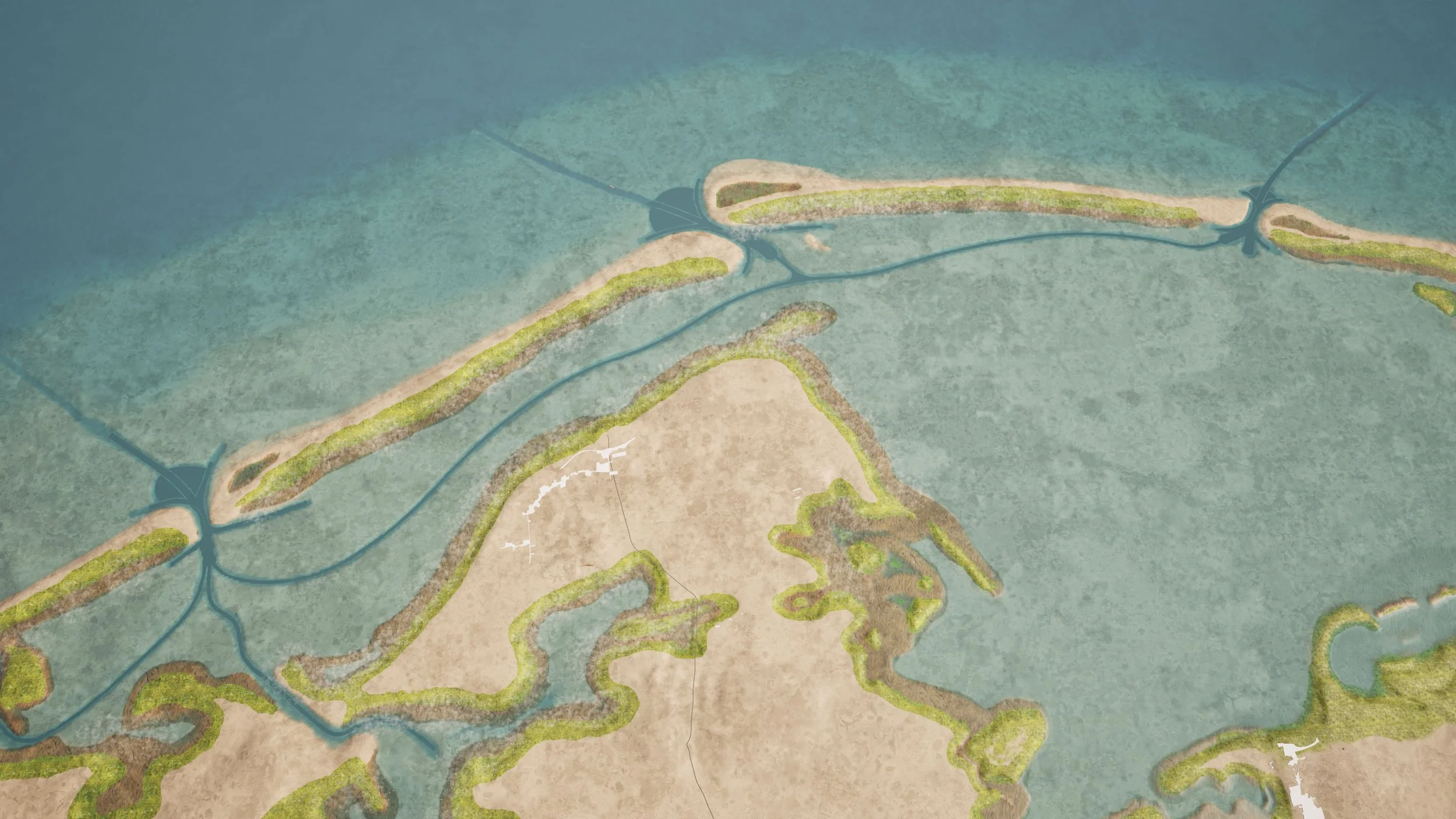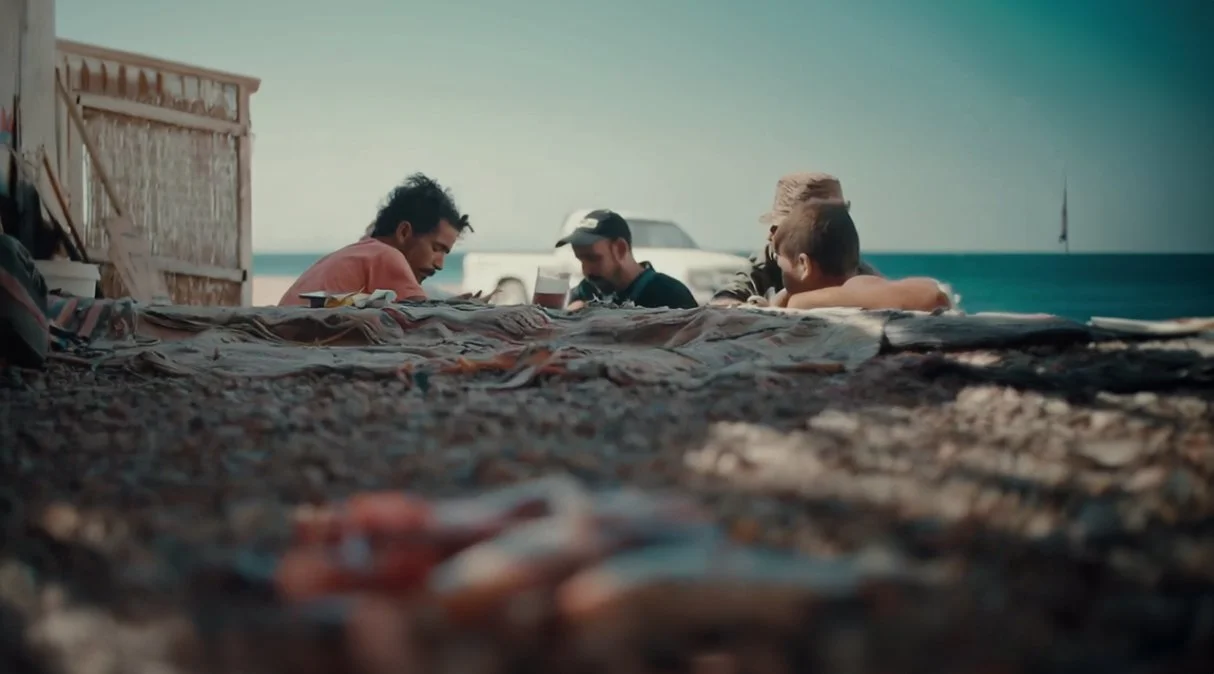Lake Bardawil restoring ecosystems, revitalizing economies
Lake Bardawil, a hypersaline lagoon on Egypt’s northern Sinai coast, is vital for local communities. Its fragile ecosystem, however, is under threat. Sedimentation, habitat degradation, and unsustainable fishing practices are pushing the lake’s biodiversity and fisheries to the brink. Restoring its natural balance isn’t just about conservation—it’s about securing livelihoods and revitalizing the region’s economy.
A holistic approach to regeneration
The Weather Makers, alongside key partners, developed a comprehensive plan to restore Lake Bardawil’s ecosystem while strengthening its economic potential. Phase 1 of the project focuses on five key interventions: deepening and widening inlets for better water exchange, creating submerged shoals and beach nourishments to stabilize the coastline, restoring 1,000 hectares of salt marsh wetlands, introducing sustainable fishing practices, and piloting regreening efforts to enhance the broader landscape.
Unlocking economic and ecological value
By increasing tidal flow from the Mediterranean, these interventions will improve water quality, stabilize the lake’s morphology, and boost nutrient availability—critical factors for a thriving aquatic food web. With a more balanced ecosystem, fish populations can rebound, supporting both biodiversity and the local fishing industry. Projections suggest that fish catch yields could increase from 4,250 tons per year to 17,000 tons per year within a decade, significantly boosting economic opportunities for surrounding communities.
A foundation for sustainable development
This Cost-Benefit Analysis (CBA) marks an important step in assessing the long-term viability of Lake Bardawil’s restoration. While variables such as dredging costs, carbon sequestration, and fishing industry profitability remain under review, early results indicate strong economic potential. With continued evaluation and adaptive management, this initiative sets the stage for a regenerative future where ecology and economy thrive together.



